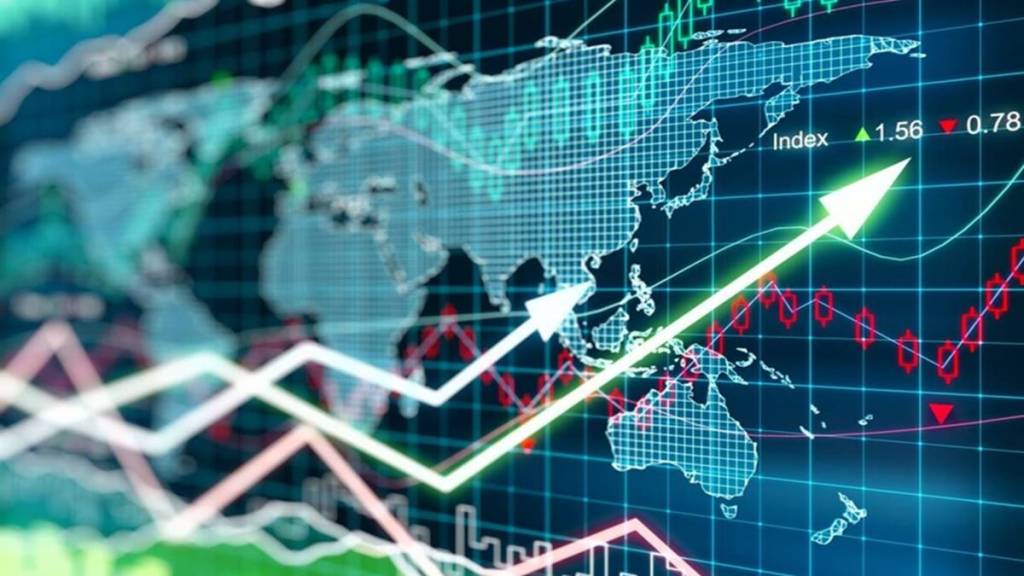Global equity investors are facing a tough period with stock values plummeting to new lows. The US stock market indices are already in a bear market after falling more than 20% from their recent highs. To make matters worse, the outlook doesn’t look rosy either as more downside is expected in the market. Perhaps it all started with rising prices but now the effect has spread far and wide in the economy.
The September CPI numbers show inflation doesn’t look to come down in a hurry. In spite of hot inflation numbers, the markets bounced after the September inflation data was released on October 13.
Many are attributing the spectacular rise to the year-long stock market selloff that may have finally bottomed out. Others are of the view that the heavy short positions got closed leading to a rise in the stock prices and even the earnings releases weren’t too bad.
Investors, will, however, continue to weigh these five key factors to make sure that the market has bottomed out unless, of course, there is a black swan event waiting to happen.
1. Is core inflation coming down?
Undoubtedly, inflation numbers remain the biggest indicator on the radar of investors, economists and strategists. The US CPI data announced on October 13 shows the stickiness of inflation. Over the last few months, there is no strong signs of inflation cooling down. US CPI data for August 2022 showed inflation refusing to go down quickly.
The headline consumer price index was up 8.3% year-over-year in August, a slight deceleration from the 8.5% pace observed in July, due in part to declining commodity prices. In September, inflation rose 8.2% on annual basis.
The core inflation for September still remains high with a notable 0.6% rise in the core rate of inflation, which excludes the price of food and gasoline. Wall Street had projected a gain of 0.4%. Interest rates will rise if core inflation continues to be higher.
2. Are Treasury Yields Falling?
Bonds are being dumped by investors and as bond prices fall, the yield goes up. Yields and prices have an inverse relationship. The 10-year note and 30-year bond yields have risen as a result of the Federal Reserve raising interest rates at each of the FOMC meetings since March of this year. The dollar also appreciates as yields increase, and it depreciates when rates decrease. Any pause or coming down of Treasury yields is seen as a positive indicator by many market strategists. It means, there are buyers for the bonds and the economic outlook is not as grim as it used to be earlier.
3. GDP Numbers
Officially, it is still not a recession in the US until economists at the National Bureau of Economic Research deem it so. The second-quarter US gross domestic product fell an annualized 0.9% after a 1.6% drop in the first three months of the year. The first estimate for third-quarter GDP is set to be released on October 27.
United Nations Conference on Trade and Development (UNCTAD) in its Trade and Development Report 2022 warns of a global slowdown and that it has already transformed into a downturn with the planned gentle landing seeming doubtful due to quick interest rate increases, and fiscal tightening in major economies.
Any belief that they will be able to bring down prices by relying on higher interest rates without generating a recession is, the report suggests, an imprudent gamble.
4. Dollar index
The US dollar index is another key indicator that is closely tracked by investors. The U.S. Dollar Index is used to measure the value of the dollar against a basket of six foreign currencies such as the Euro, Swiss franc, Japanese yen, Canadian dollar, British pound, and Swedish krona. With rates seeing an increase, the dollar gains strength against other currencies and the index moves up. Any weakness or a slide down may be considered a signal toward a pause in rate hikes by the Fed.
Also Read: What is Dollar Index and how it impacts the stock market – Explained
5. Earnings
The impact of higher interest rates on the corporate balance sheet is yet to be seen. The next quarterly results will throw up numbers that will help investors take a call on the corporate earnings. Fed has been raising rates to suppress demand and new job openings in the economy. These measures may take time to emerge but the early signs of the rate hike impact can be gauged from the earnings.
Also Read: Panic is the greatest risk that investors confront during a bear market


